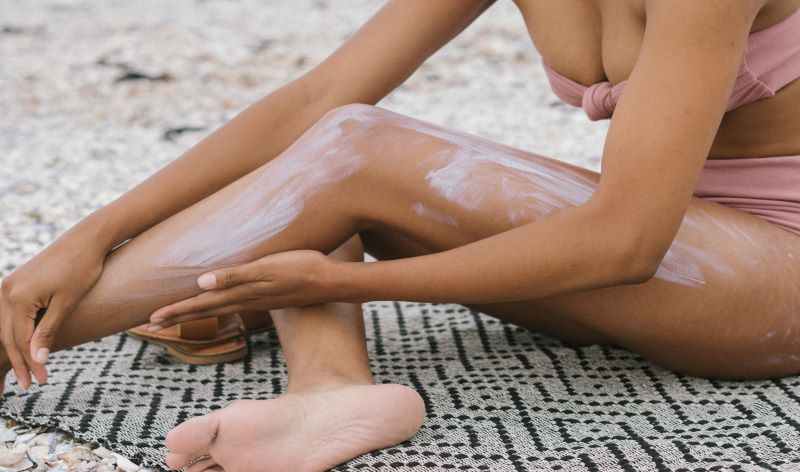At-Home Hair Removal Do’s and Don’ts

Many today remove their body hair for a variety of reasons, from hygiene to keeping up with beauty standards, to just personal preference. Whatever the motivation, it’s a practice that isn’t going anywhere. While methods such as shaving are commonly practiced around the country, due to COVID restrictions, many have turned to other types of hair removal that have become more available as DIY at-home treatments. As you consider how to remove your hair as the weather gets warmer, this list of useful “do’s & don’ts” will help you understand which method is best for you.
Shaving
As the most common method of hair removal for both men and women, most people are pretty comfortable with what they know about shaving. However, even basic care during the shaving process can be often forgotten or disregarded when we are tempted to get the job done quickly.
- Don’t: Shave Dry – It might be tempting when you are pressed for time, but doing this increases your chance of developing ingrown hairs and getting razor bumps. Saving a few minutes of showering will likely not be worth the pain.
- Do: Moisturize – Moisturizing your skin before shaving (with a conditioning shaving cream or similar product) will help prevent razor bumps, and moisturizing afterwards can help replenish your skin’s moisture and keep it from drying out after your shower.
Waxing and Sugaring
Waxing has also become much easier to accomplish at home through the rise of various affordable kits. However, as waxing can easily cause damage to the skin, it is important to be very careful if you are using this method. Sugaring, on the other hand, is a current trend that is similar to waxing, but a bit more gentle with natural and simple ingredients, which can be a good alternative to the risks of waxing.
- Don’t: Be too Rough with Your Skin – If you are not careful, you can easily use wax that is too hot and end up burning your skin. Excessive pulling can also cause pain and damage to your skin. Be especially delicate with sensitive areas, such as the vaginal region, or leave it to the professionals if you do not have the skill or experience.
- Do: Clean and Exfoliate First – Failing to do this may result in painful, ingrown hairs or possible infections. Take time to prepare your skin properly and dry it thoroughly (making sure your hair is around ¼ inch long) in order to get the best results.
Shaving lotions
Also known as “depilatory creams,” these products use chemicals to soften and finally dissolve the hair as a layer of lotion sits on the skin, but often get mixed reviews on effectiveness.
- Don’t: Assume All Products Are the Same – Some hair removal lotions will be more suitable for certain kinds of skin types, or certain areas of the body. Those made for hair removal on your legs may not be gentle enough for using around your private area.
- Do: Test Any Lotions before Using – This is especially true if you have any skin condition of if your skin is easily irritated by certain chemicals or ingredients. Doing a patch test on your arm or another part of your body can provide a good indication of whether you should use this product.
Laser Removal
To combat expensive professional treatments, many products have been made available for easy laser hair removal at home through safe, but less powerful equipment.
- Don’t: Choose without Research – Since at-home treatments tend to work better for paler people with darker hair, consider whether you are a good candidate for this method, as well as the products themselves that you will be using.
- Do: Protect Your Skin – After treatment, do not expose your skin to prolonged sunlight or heat for a couple of days as your skin will be sensitive and need time to heal. You should also use any aftercare treatments that are recommended by the equipment.
